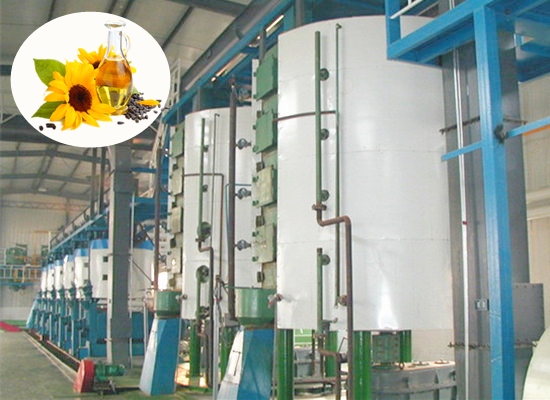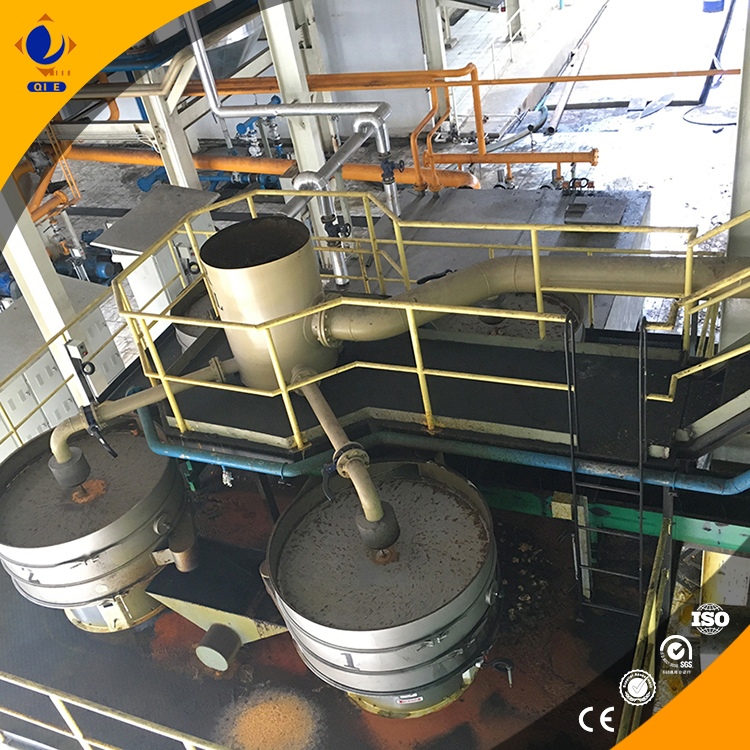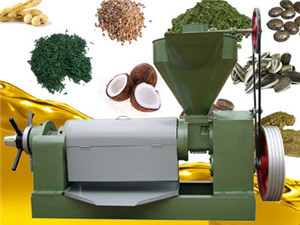
Mustard oil, with its unique flavor and extensive applications, has a significant presence in the global market. It is widely used in cooking, especially in Indian, Pakistani, and Bengali cuisines, and also has applications in traditional medicine and cosmetics. The increasing demand for natural and healthy food products has further boosted the market for mustard oil. As a result, the proper matching of equipment and extraction processes has become crucial for mustard oil extraction plants to meet market demand and enhance their competitiveness.
The cold - pressing method involves crushing mustard seeds at low temperatures (below 40°C). This process retains the natural flavor and nutrients of the mustard oil. However, its oil yield is relatively low, usually around 25 - 30%. It is suitable for small - scale production due to its simplicity and the ability to produce high - quality oil. The equipment required for cold - pressing is relatively straightforward, mainly including a seed crusher and a hydraulic press.

In the hot - pressing method, mustard seeds are heated before pressing. This method can achieve a higher oil yield, reaching 35 - 40%. It also has a faster extraction speed. However, the high temperature may change the flavor of the mustard oil. The equipment for hot - pressing needs to have good high - temperature resistance. It typically includes a seed roaster, a screw press, and a heating device.

The solvent - extraction method has the highest oil yield, up to 45 - 50%. It uses solvents to dissolve the oil from the mustard seeds. But it requires complex equipment to remove solvent residues to meet food safety standards. The equipment includes a solvent extraction tank, a distillation unit, and a solvent recovery system.

For the cold - pressing method, the equipment should have good durability and precision to ensure a stable oil yield. The hot - pressing equipment needs to be able to withstand high temperatures and maintain uniform heating. In the solvent - extraction method, the equipment must have high - efficiency solvent recovery capabilities to reduce costs and environmental impact.
When selecting equipment, factors such as performance, quality, and cost should be considered. High - performance equipment can improve production efficiency, while good - quality equipment can ensure long - term stable operation. Cost - effectiveness is also important for the overall profitability of the extraction plant.
Regular equipment maintenance and timely updating are essential for the stable operation of the extraction plant and the quality of the mustard oil. Well - maintained equipment can reduce breakdowns and improve product quality.
A mustard oil extraction plant in India switched from the cold - pressing method to the hot - pressing method and upgraded its equipment accordingly. After the change, the oil yield increased from 28% to 36%, and the production efficiency improved by 30%. This shows the positive impact of proper equipment and process matching.
Proper matching of equipment and extraction processes is crucial for mustard oil extraction plants. It can improve production efficiency, product quality, and ultimately enhance the brand's competitiveness in the global market. By carefully considering the advantages and disadvantages of each method and selecting the appropriate equipment, extraction plants can achieve better results.
Ready to enhance your mustard oil extraction process? Contact us now to get professional advice on equipment selection and process optimization, and take your brand to the next level in the global market!

